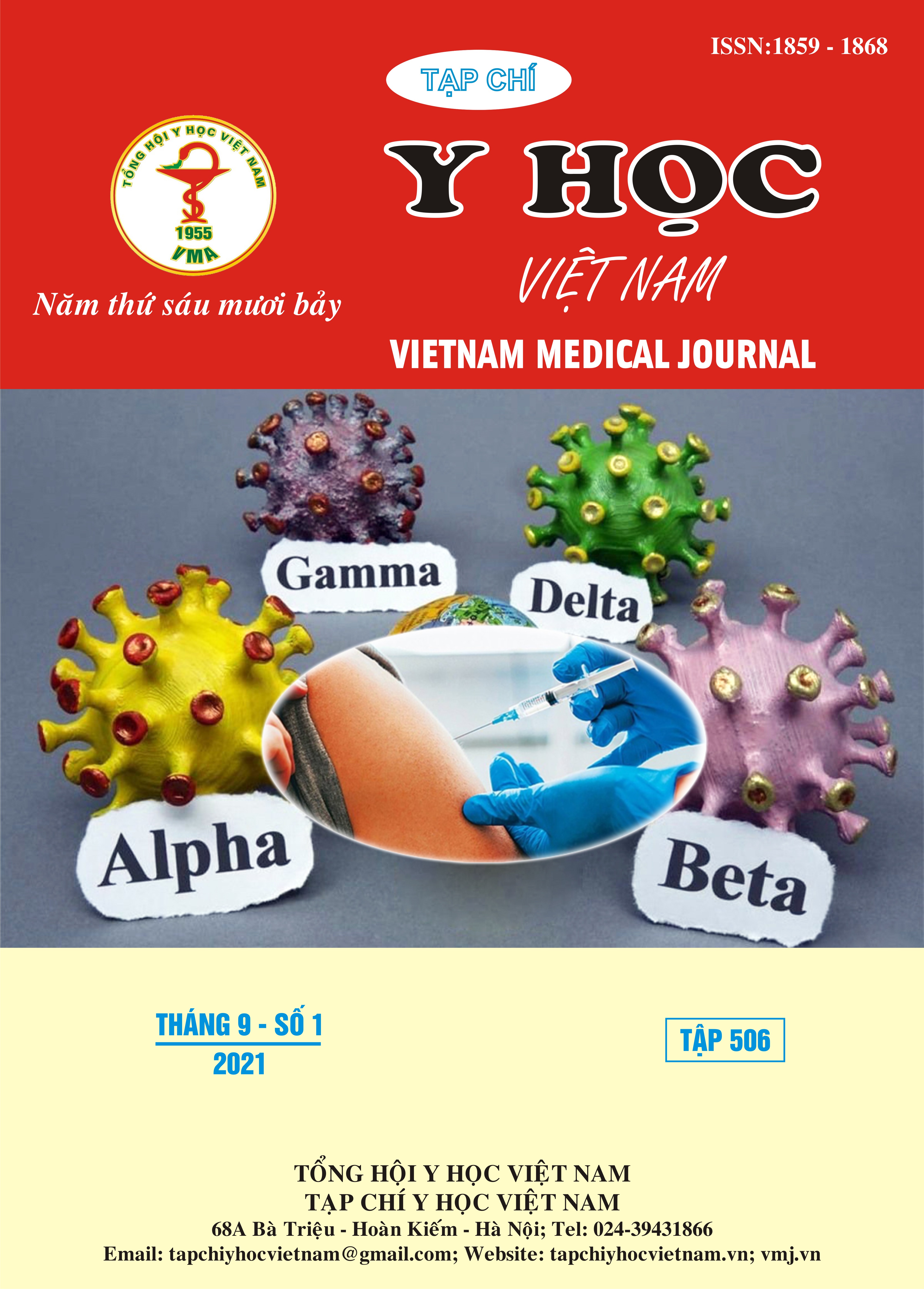KẾT QUẢ PHỤC HỒI CHỨC NĂNG SỚM VỚI RỐI LOẠN NUỐT Ở NGƯỜI BỆNH NHỒI MÁU NÃO CẤP ĐIỀU TRỊ TẠI KHOA THẦN KINH BỆNH VIỆN BẠCH MAI
Nội dung chính của bài viết
Tóm tắt
Đặt vấn đề: Đột quỵ não là một bệnh rất nghiêm trọng và thường để lại hậu quả nặng nề cho bản thân người bệnh, gia đình và toàn xã hội nếu không được chăm sóc và điều trị kịp thời. Đây là vấn đề thời sự của tất cả các quốc gia trên toàn thế giới, trong đó có Việt Nam. Rối loạn nuốt sau đột quỵ xảy ra ở 23-65% người bệnh, trong số này, có 37% phát triển thành viêm phổi hít và gây ra những hậu quả nghiêm trọng. Ngày nay, với sự tiến bộ của y học, Phục hồi chức năng giai đoạn cấp góp phần phục hồi tiên lượng cho người bệnh Trong đột quỵ não thì liệt và rối loạn nuốt là dấu hiệu thường gặp và hay đi kèm với nhau. Nếu không được vận động sớm người bệnh dễ mắc teo cơ, cứng khớp, sặc, viêm phổi và suy dinh dưỡng. Xuất phát từ vấn đề trên chúng tôi tiến hành nghiên cứu này. Mục Tiêu: Đánh giá kết quả phục hồi chức năng sớm với rối loạn nuốt ở người bệnh nhồi máu não cấp điều trị tại Khoa Thần Kinh Bệnh Viện Bạch Mai. Đối tượng và phương pháp nghiên cứu: Phương pháp giả thực nghiệm không có nhóm chứng (quasi-experiment) trên 96 người bệnh đột quỵ não cấp (theo tiêu chuẩn chẩn đoán của WHO) có rối loạn nuốt được điều trị tại TT Thần Kinh BV Bạch Mai từ tháng 1 đến tháng 6 năm 2021. Thang điểm GUSS (The Gugging Swallowing Screen) được dùng để đánh giá rối loạn nuốt cho người bệnh. Kết quả và bàn luận: Phần lớn người bệnh ở độ tuổi từ 61-70 tuổi (33 người, chiếm 34,4%). Sau khi được can thiệp phục hồi chức năng nuốt tất cả 96 người bệnh đều có sự cải thiện về khả năng nuốt tốt hơn so với trước can thiệp (Điểm GUSS tăng từ 11,09 ± 3,37 lên 14.31 ± 1,87, p <0,0001). Kết luận: Tiến hành áp dụng các bài tập nuốt trên người bệnh đột quỵ não cấp có rối loạn nuốt sớm bước đầu đem lại kết quả tốt trong phục hồi khả năng nuốt cho người bệnh.
Chi tiết bài viết
Từ khóa
Đột quỵ, tăng huyết áp, rối loạn nuốt, bài tập nuốt
Tài liệu tham khảo
2. Nguyễn Minh Hiên; (2013), Đột quỵ não, Nhà xuất bản Y học.
3. Lương Tuấn Khanh; (2020), Chăm sóc và phục hồi chức năng sớm sau đột quỵ, Dự án hỗ trợ cải thiện chất lượng chăm sóc đột quỵ- Bệnh viên Bạch Mai.
4. Trần Văn Tuấn và Lê Thị Mai; "Nghiên cứu đặc điểm lám sàng và đánh giá hiệu quả của các bài tập nuốt trên bệnh nhân có rối loạn dinh dưỡng sau đột quỵ", KHOA HỌC & CÔNG NGHỆ. 89(01/2), tr. 59-63.
5. B. H. Dobkin (2005), "Clinical practice. Rehabilitation after stroke", N Engl J Med. 352(16), tr. 1677-84.
6. L. Perry và C. P. Love (2001), "Screening for dysphagia and aspiration in acute stroke: a systematic review", Dysphagia. 16(1), tr. 7-18.
7. M. Trapl và các cộng sự. (2007), "Dysphagia bedside screening for acute-stroke patients: the Gugging Swallowing Screen", Stroke. 38(11), tr. 2948-52.


